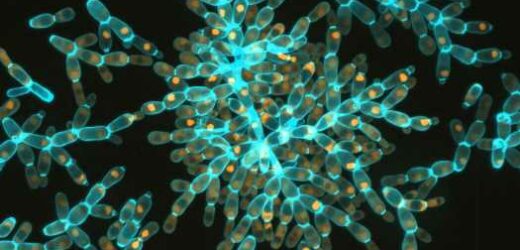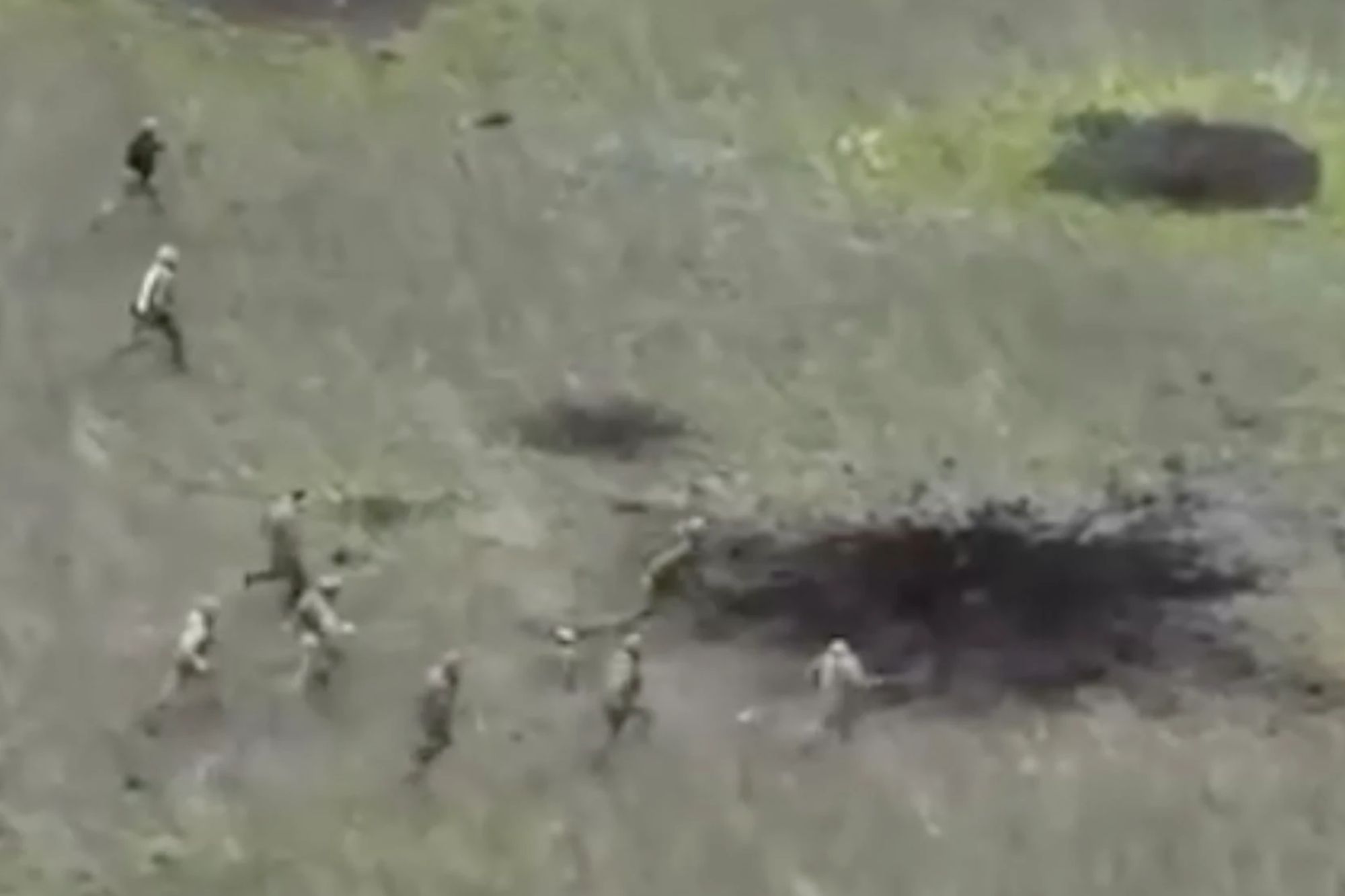In a lab in Atlanta, thousands of yeast cells fight for their lives every day. The ones that live another day grow fastest, reproduce quickest and form the biggest clumps. For about a decade, the cells have evolved to hang onto one another, forming branching snowflake shapes.
These strange snowflakes are at the heart of experiments exploring what might have happened millions of years ago when single-celled creatures first banded together to become multicellular. That process, however it went down, eventually resulted in unwieldy, fabulously weird organisms like octopuses and ostriches and hamsters and humans.
Although multicellularity is thought to have evolved at least 20 times in the history of life on Earth, it is far from obvious how living things go from a single cell to many that share a fate. But, in a paper published Wednesday in the journal Nature, researchers reveal one clue to how cells could start building themselves into a body. The team that produced the snowflake yeast found that over 3,000 generations, the yeast clumps grew so large that they could be seen with the naked eye. Along the way, they evolved from a soft, squishy substance to something with the toughness of wood.
Will Ratcliff, a professor at Georgia Tech, began the yeast experiments when he was in graduate school. He was inspired by Richard Lenski, a biologist at the University of Michigan, and his colleagues who have grown 12 vials of E. coli through more than 75,000 generations, documenting since 1988 how the populations have changed. Dr. Ratcliff wondered if an evolution study encouraging cells to stick together could shed light on the origins of multicellularity.
“All of the lineages that we know of that evolved multicellularity, they made this step hundreds of millions of years ago,” he said. “And we don’t have a lot of information about how single cells form groups.”
So he set up a simple experiment. Every day, he swirled yeast cells in a test tube, sucked up the ones that sank to the bottom quickest, then used them to grow the next day’s population of yeast. He reasoned that if he selected for the heaviest individuals or clumps of cells, there would be an incentive for the yeast to evolve a way to stick together.
And it worked: Within 60 days, the snowflake yeast appeared. When these yeast divide, thanks to a mutation, they don’t fully separate from one another. Instead they form branching structures of genetically identical cells. The yeast had become multicellular.
But the snowflakes, Dr. Ratcliff found as he continued the investigation, never seemed to get very big, remaining stubbornly microscopic. He credits Ozan Bozdag, a postdoctoral researcher in his group, with a breakthrough involving oxygen, or lack thereof.
For many organisms, oxygen functions as a kind of rocket fuel. It makes it easier to access the energy stored in sugars.
Dr. Bozdag gave oxygen to some yeast in the experiment and grew others that had a mutation that kept them from using it. He found that the yeast that lacked oxygen exploded in size. Their snowflakes grew and grew, eventually becoming visible to the naked eye. Closer examination of the structures revealed that the yeast cells were much longer than normal. The branches had grown entangled, forming a dense clump.
That density might explain why oxygen seems to have been an impediment to the yeast’s growing big, the scientists think. For yeast that could use oxygen, getting large had significant downsides.
As long as snowflakes stayed small, the cells generally had equal access to oxygen. But large, dense wads meant that cells within each clump were cut off from oxygen.
Yeast that couldn’t use oxygen, in contrast, had nothing to lose, and so they went big. The finding suggests that feeding all the cells in a cluster is a crucial part of the trade-offs an organism faces as it goes multicellular.
The clusters that formed are also tough.
“The amount of energy needed to break these things has gone up by well over a factor of a million,” said Peter Yunker, a professor at Georgia Tech and a co-author of the paper.
That strength may be the key to another step in the development of multicellularity, Dr. Ratcliff says — the development of something like a circulatory system. If cells on the inside of a large clump need help getting access to nutrients, a body that’s strong enough to channel a flow of fluid is key.
“It’s like shooting a fire hose into a yeast cluster,” Dr. Yunker said. If the cellular clump is weak, that flow of nutrients will destroy it before each cell gets nourishment.
The team is now exploring whether dense clumps of snowflake yeast might develop ways to get nutrients to their innermost members. If they do, these yeast in their test tubes in Atlanta might tell us something about what it was like, eons ago, when the ancestors of you and many living things around you first began to build bodies from cells.
Source: Read Full Article


